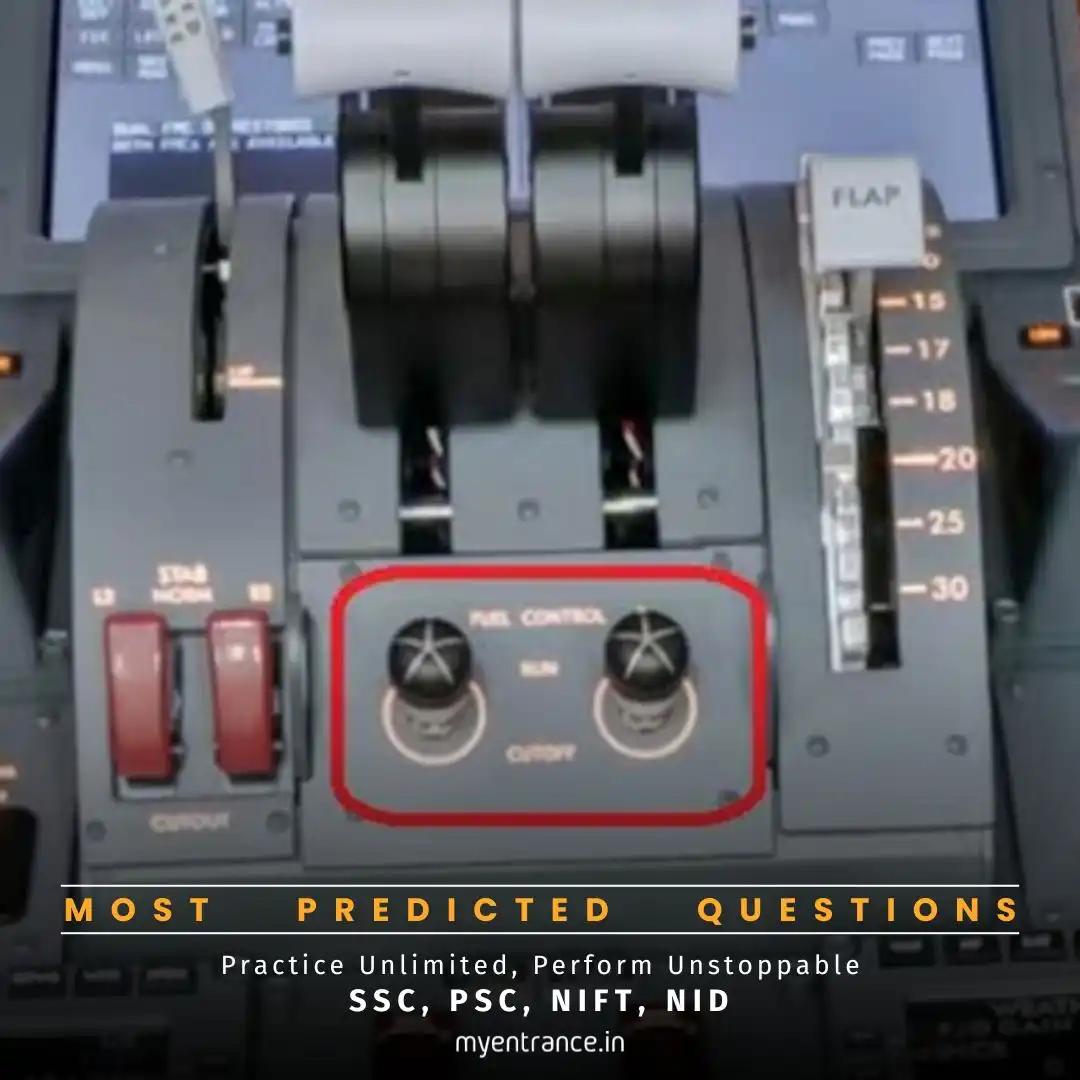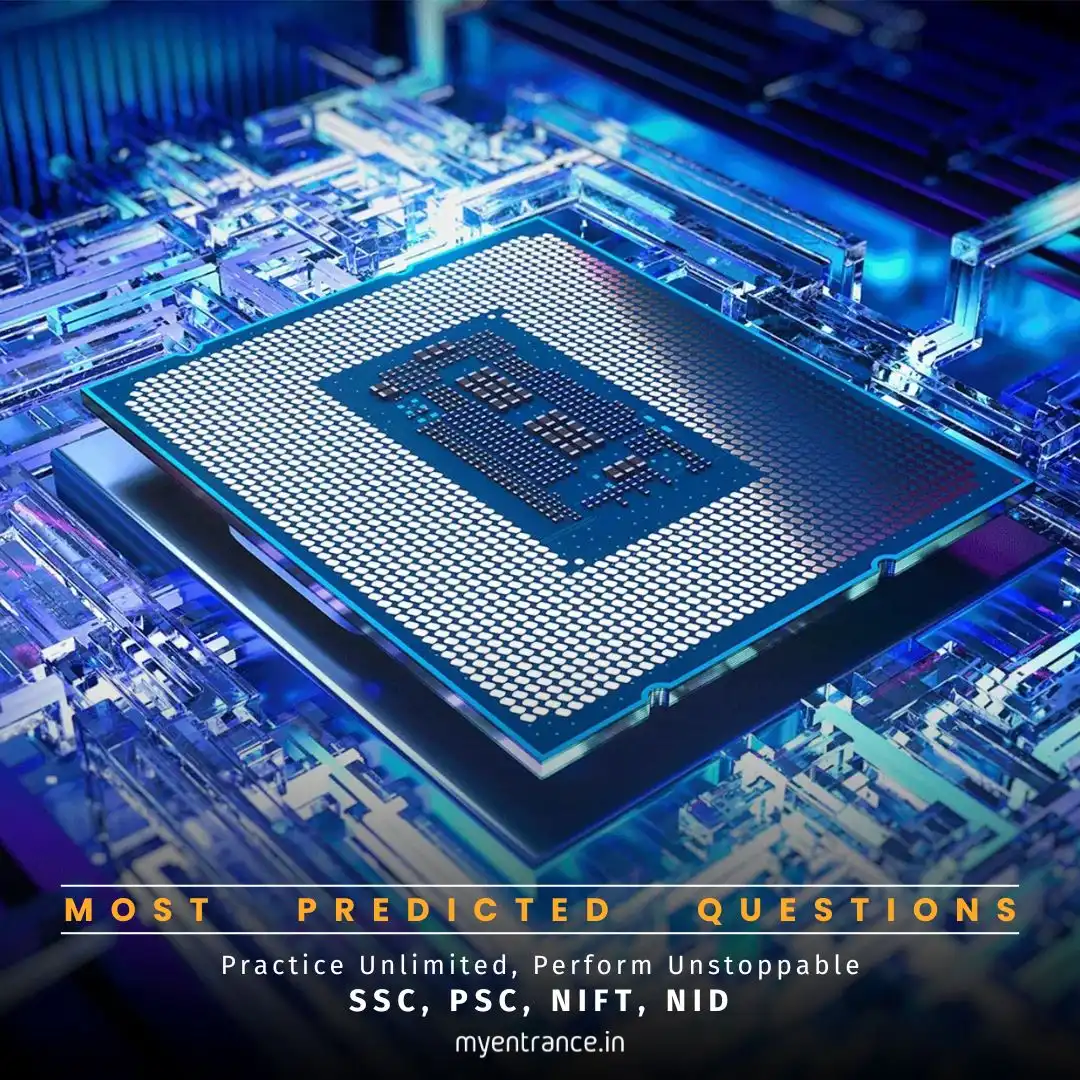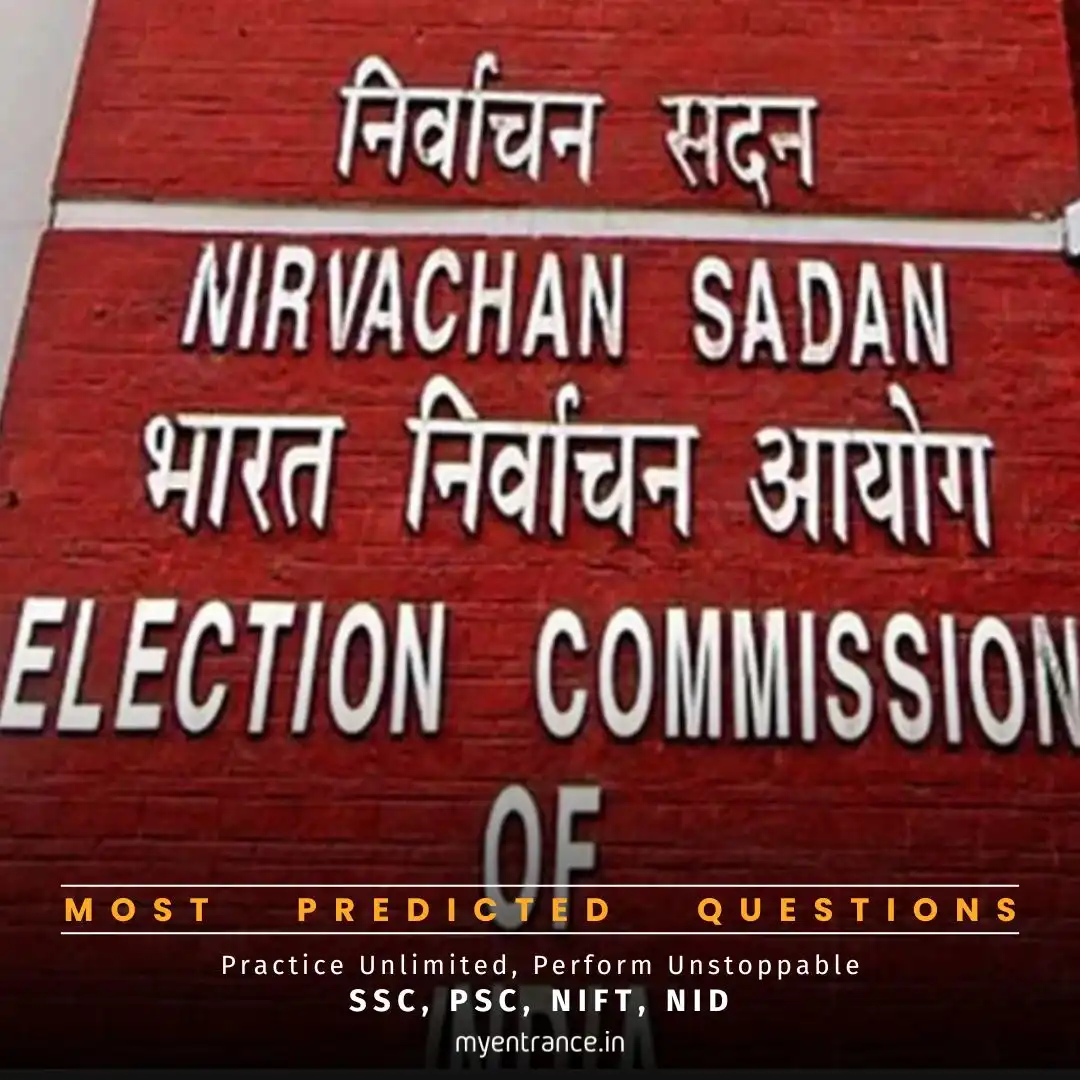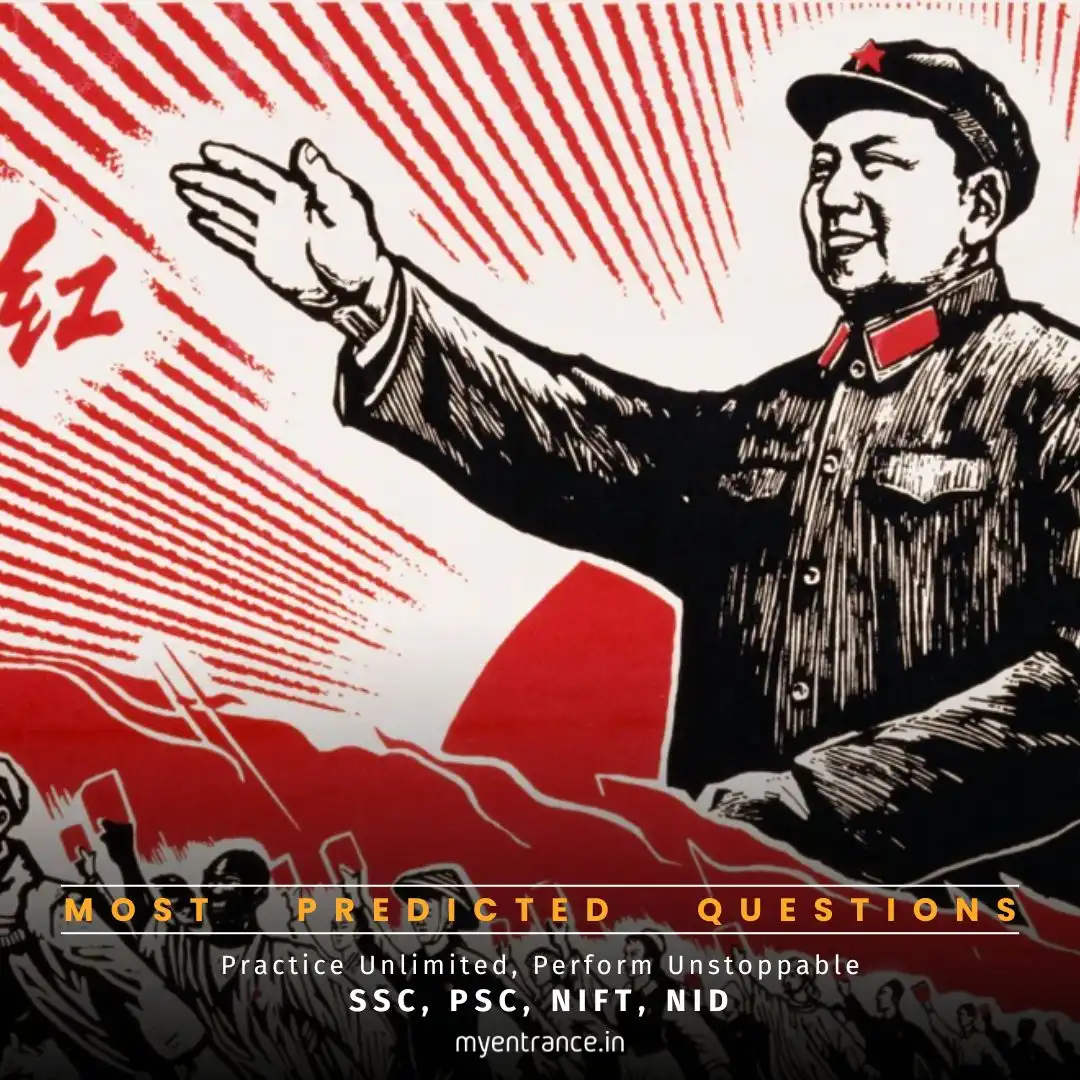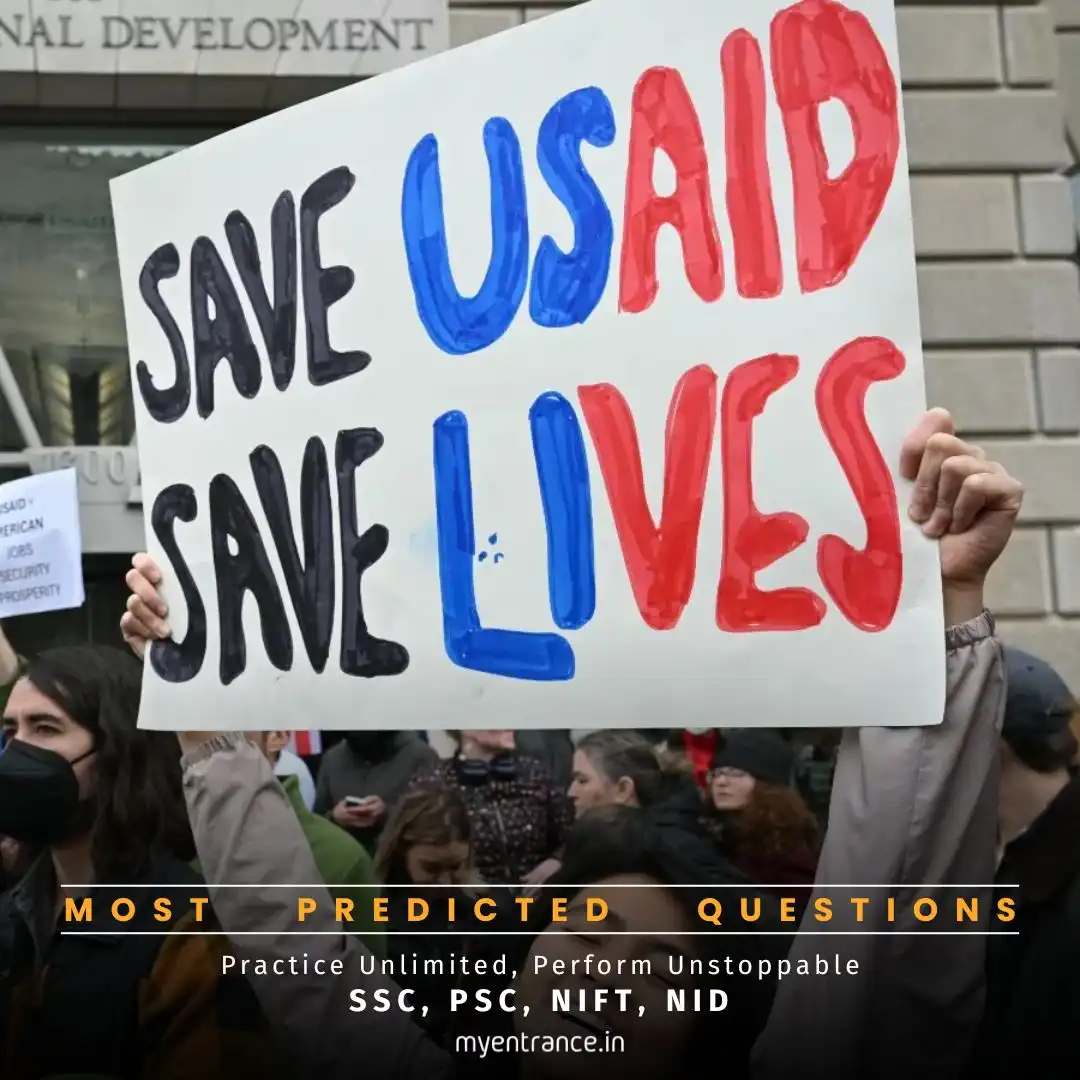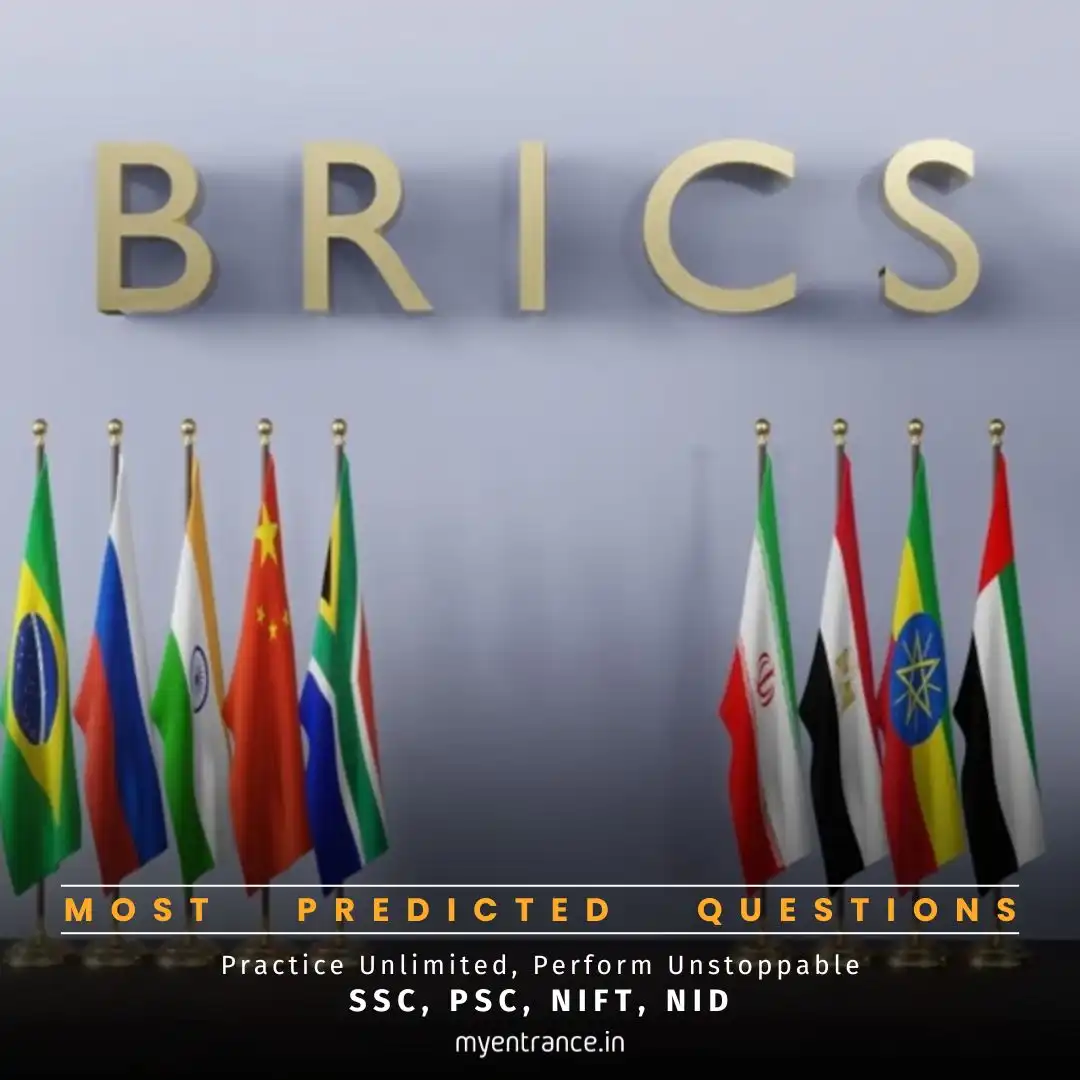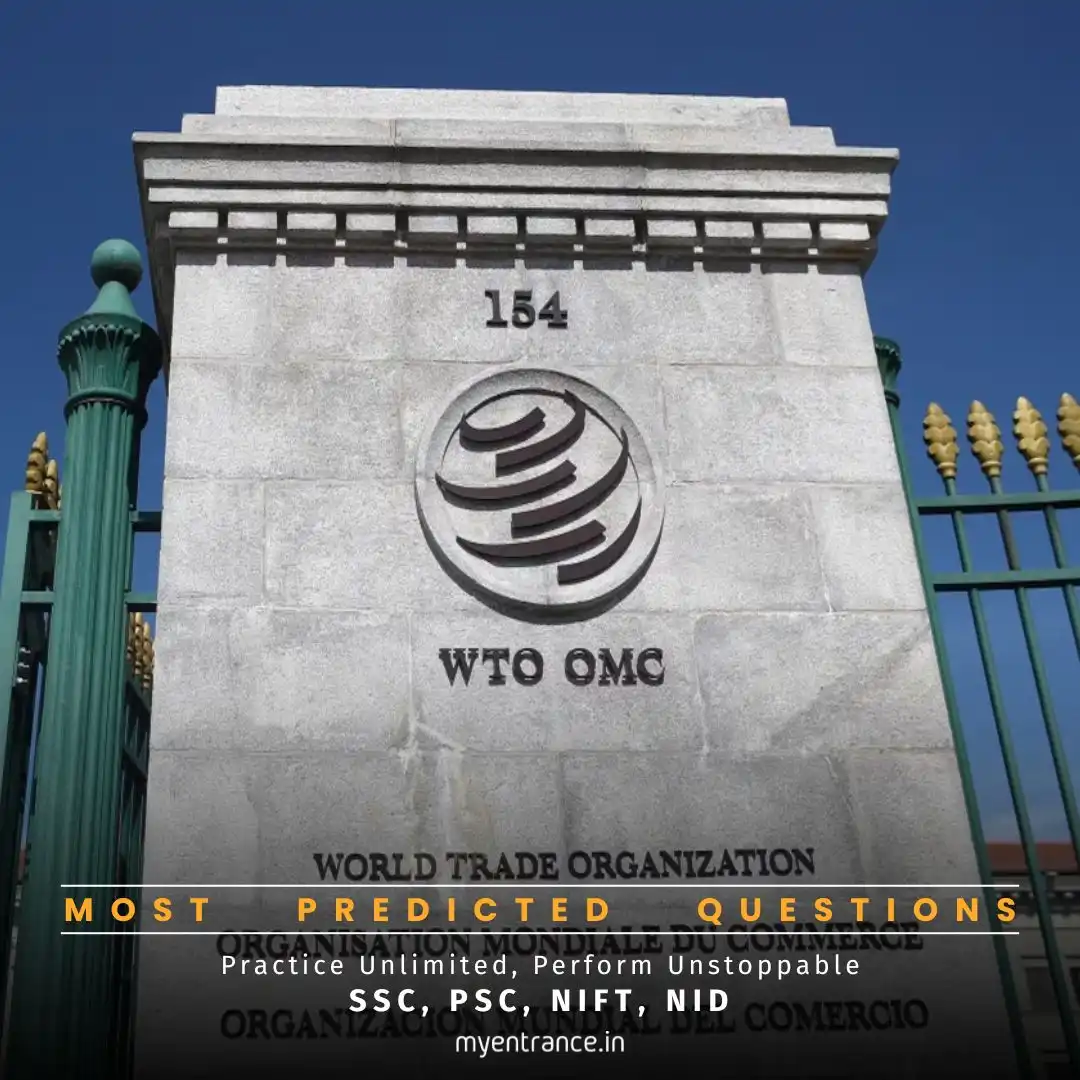Translate Language
Why Is India Getting Special Tariff Treatment from the US at 20% While Others Pay 50%?
The US is finalizing an interim trade agreement with India, offering tariff rates below 20%—a significant relief compared to the 50% imposed on countries like Brazil and Myanmar. This strategic move could boost India’s export competitiveness in textiles, electronics, and pharmaceuticals. But what changed, and why does this matter for competitive exams? Let’s break it down.
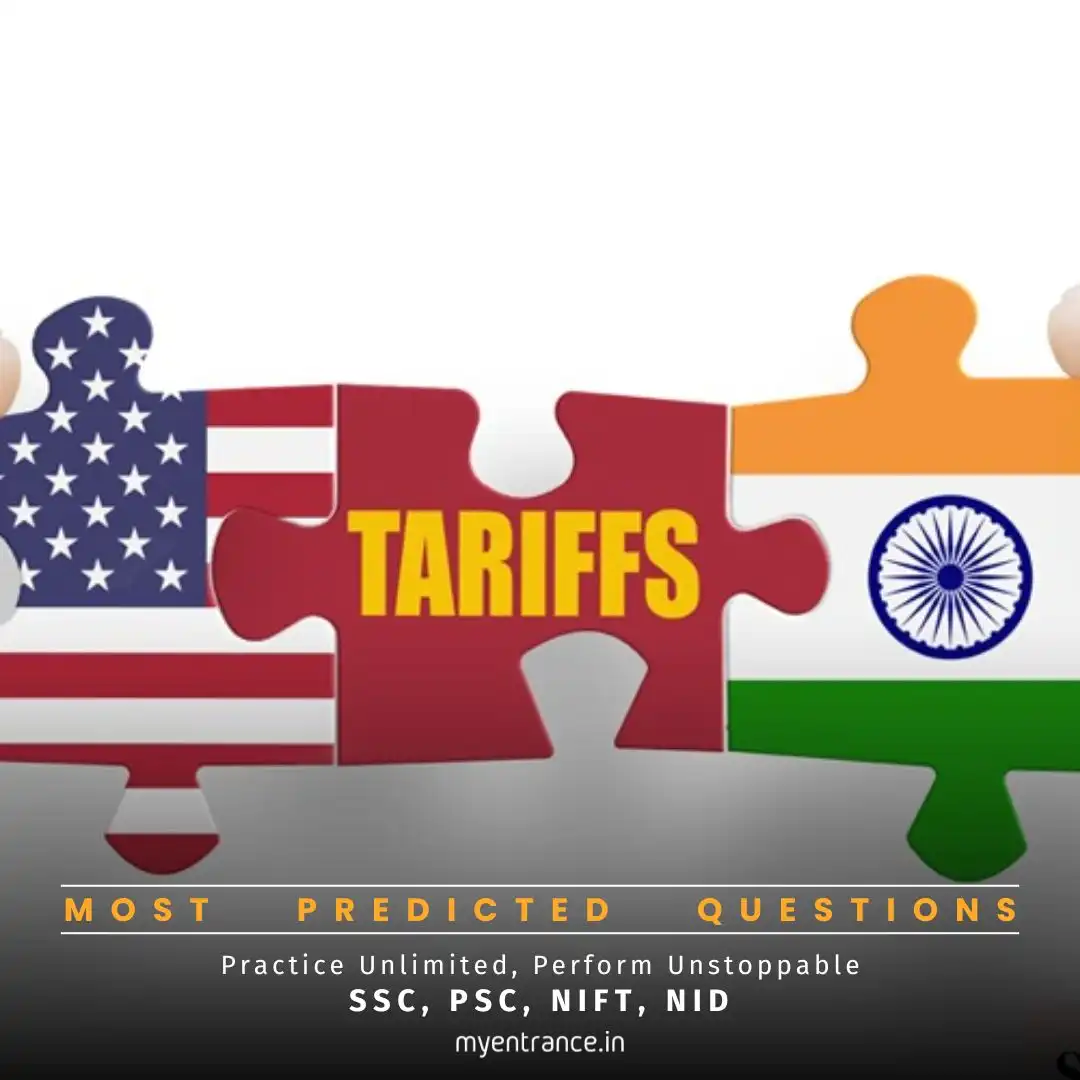
US-India Trade Deal: Key Highlights
Preferential Tariff Status: While Vietnam faces 20% tariffs and Myanmar 50%, India’s proposed rate could be under 20%, giving exporters a major advantage.
Strategic Negotiations: India refused concessions on GM crops and protected farmers, focusing instead on digital trade and pharmaceuticals.
Geopolitical Balancing: As a BRICS member, India walks a tightrope between US trade benefits and China-aligned bloc pressures.
Interim Deal as a Bridge: A full trade pact is expected only by 2025–26, but this agreement shields Indian industries from sudden cost hikes.
Why This Matters for Competitive Exams (SSC, PSC, NID, etc.)
Current Affairs: Trade policies frequently feature in GK sections of SSC, PSC, and banking exams.
Economic Impact: Understanding tariffs helps in exams testing India’s economic policies (e.g., UPSC, State PSCs).
Global Relations: Questions on BRICS, US-India ties, and protectionism appear in essay and interview rounds.
Sectoral Growth: Textiles, pharma, and electronics—key sectors in this deal—are hot topics for NID, NIFT, and FDDI entrance exams.
Sample Q&A for Exam Prep
Q: What is the proposed tariff rate for India under the US interim trade deal?
A: Below 20%, lower than Vietnam (20%) and Myanmar (50%).
Q: Which sectors will benefit most from the US-India trade agreement?
A: Textiles, electronics, and pharmaceuticals.
Q: Why did India refuse US demands on GM crops?
A: To protect farmers and maintain agricultural sovereignty.
Q: How does this deal position India geopolitically?
A: It balances US trade benefits with BRICS commitments, avoiding anti-American tariff penalties.
Q: When is the full US-India trade pact expected?
A: Late 2025 or early 2026.
Get 3 Months Free Access for SSC, PSC, NIFT & NID
Boost your exam prep!
Use offer code WELCOME28 to get 3 months free subscription. Start preparing today!
